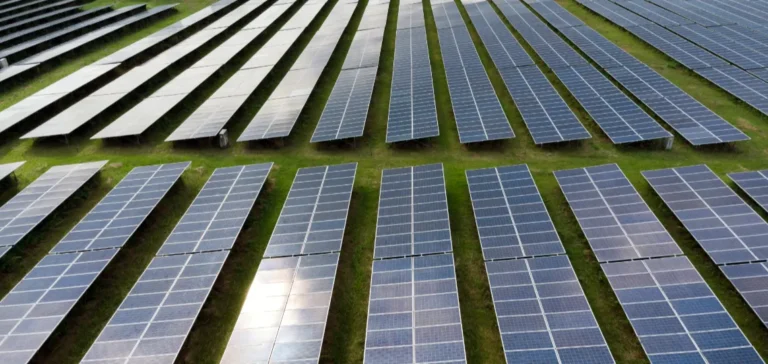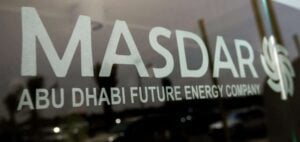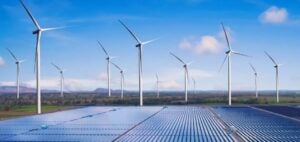The global next-generation solar cell market is expected to increase from $4.13 billion in 2024 to $12.95 billion in 2031, according to The Insight Partners. This growth rate represents a compound annual growth rate of 15.73%, supported by government incentives, the expansion of solar installations, and the rise of residential rooftop projects.
Deployment in residential and industrial sectors
Building-integrated photovoltaic systems combine electricity production with structural functions such as waterproofing and sound insulation. The use of these technologies is also increasing in industrial thermal processes, including desalination, mineral processing, chemical production, and enhanced oil recovery. Their deployment in remote areas, to power offshore platforms, lighthouses, or isolated medical facilities, further strengthens demand.
Applications in aerospace, space, and defence
Unmanned aerial vehicles powered exclusively by solar energy are used for secure communications and long-duration surveillance missions. In the space sector, solar panels power exploration equipment such as the Spirit and Opportunity Mars rovers. The growing integration of these technologies in these sectors is expanding the commercial potential of advanced solar cells.
Asian leadership and regional outlook
In 2024, Asia-Pacific held the largest share of market revenue, ahead of North America and Europe. China, India, Japan, and Australia are leading large-scale solar farm deployment programmes, particularly in rural areas. The combination of public strategies, ambitious energy targets, and rising regional electricity demand is expected to sustain above-average growth through 2031.






















